Day 7 of our trip found us taking a flight up to Xiengkhuang province, primarily to visit the most dangerous archeological sites in the world, the 3 main sites of the Plain of Jars. This is a must-see place for any visitor to Laos!
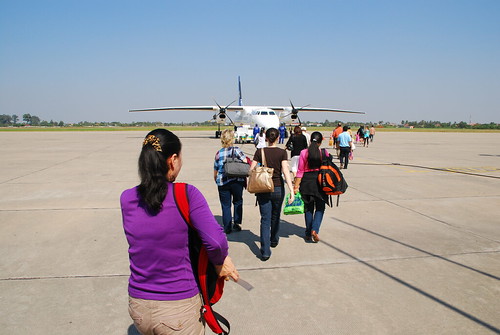
We took this small plane up to Xiengkhuang province from Vientiane. The trip took about 30 minutes.
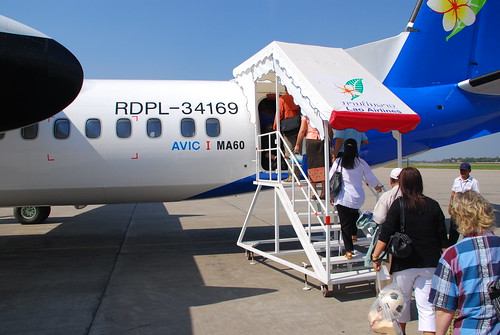
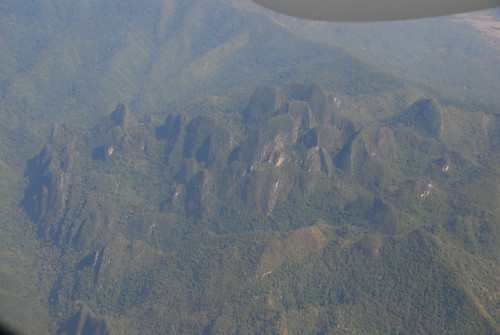
During the flight we were treated to spectacular views out of the windows. These are some of Laos’ limestone mountains.
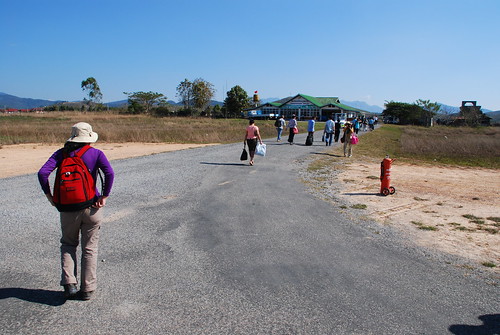
This is Phonsavan airport terminal.
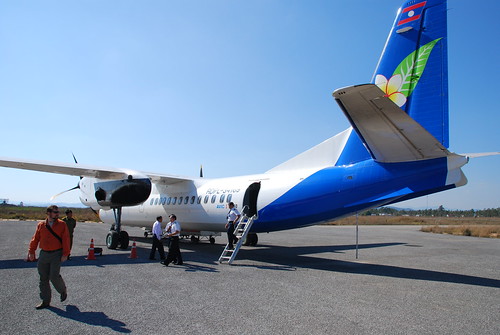
Here we see Michael Cannon leaving the aircraft.
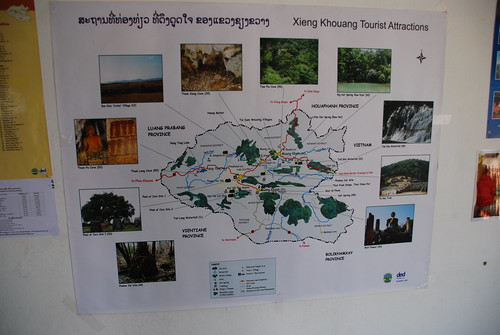
Once inside the terminal we saw this map with all of the local attractions listed. After making our way to our hotel (details in the next installment) we set out on a tour of the Plain of Jars, Sites #3 and #2.
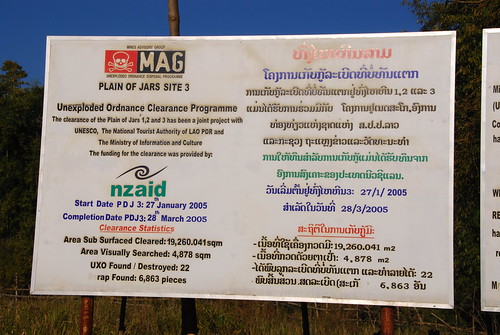
This sign at Site #3 explains that the site has been cleared of unexploded ordinance (UXO). in other words, all the bombs have been removed. This sign shows the statistics:
- Area sub-surface cleared: 19,260.041 square meters
- Area visually searched: 4,878 square meters
- UXO found / destroyed: 22
- Scrap found: 6,863
Now you may be wondering about that last figure, the scrap. Scrap metal is very valuable in Laos as a raw material. Keeping track of the scrap was necessary to ensure that the scrap metal went to the local villages and contributed to their economy.
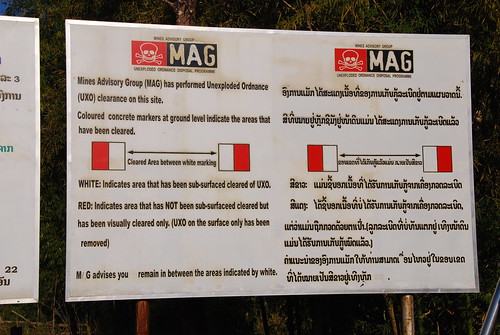
This sign explains where it’s safe to walk. One has to stay on the path, or risk serious injury or death from coming into contact with an unexploded bomb. The Mines Advisory Group (MAG) has placed markers that show the cleared path. You must walk between the white areas and avoid the red areas. We’ll have a few examples of markers to show you in a few moments.
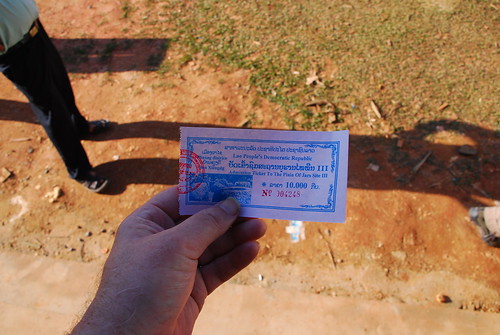
We got our tickets to visit the site and then set out for Site #3. The stone jars in Site #3 are located on a hill near Ban Xiengdy, Phaxay district. This area is generally called Ban Kiengdy Plain. Ban Kiengdy is a village populated by the Lao-Loum tribe, approximately 20 kilometers south of Phonsavan (the capital city) in the Latsen plain.
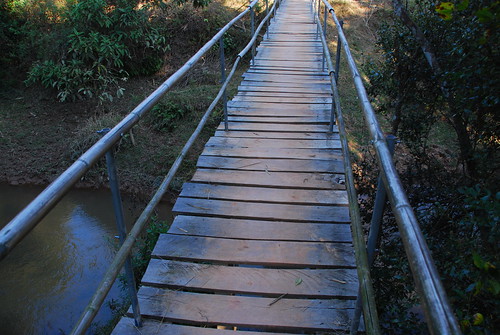
The hike begins with crossing this bridge. Not long ago, this bridge was a rickety bamboo affair built by the local villagers.

Here we see Michael Turton getting ready to cross the small river.
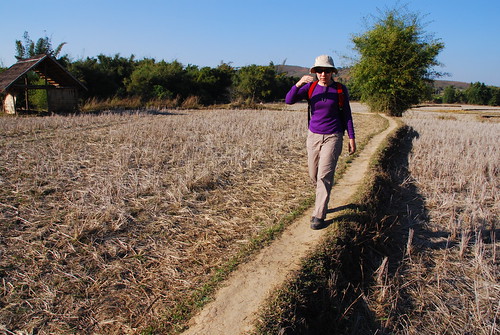
To get to the stone jars at Site #3, you have to walk a narrow path through some rice fields. Remember to stay on this path and don’t step off!

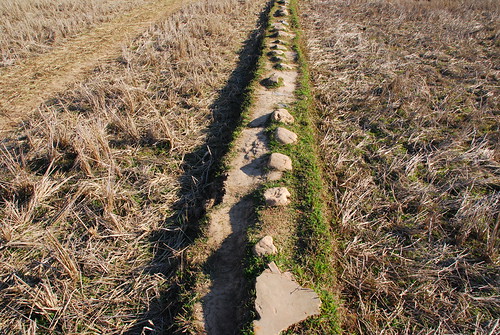
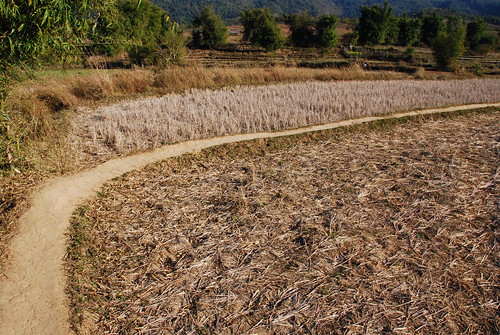
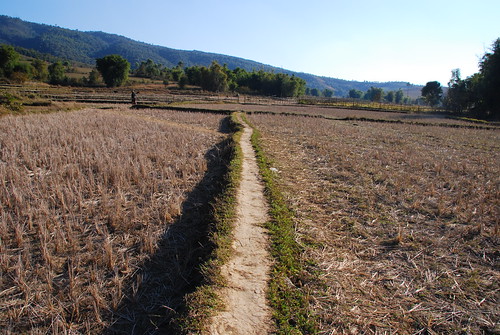
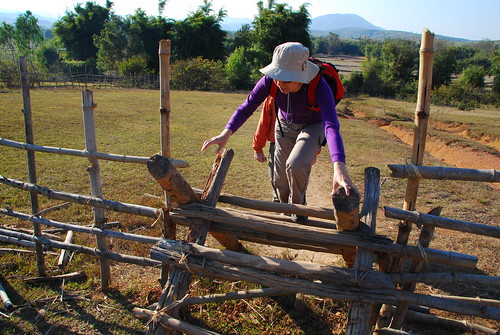
Once you’ve walked about one kilometer, you will come to this fence ladder. Once you climb over it you will be at Site #3.

This is a MAG marker. The right side used to be painted red, but it’s worn off. More importantly, is the white on the left side. This means it’s safe to walk to the left of this marker.

These MAG markers show that the path has been cleared between the white areas.
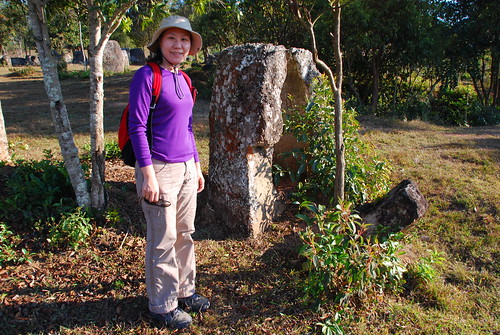
Finally, we reach Site #3, and what do we see?
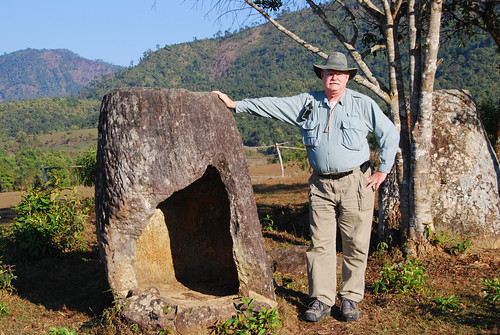
An amazing sight! Huge stone jars are everywhere!
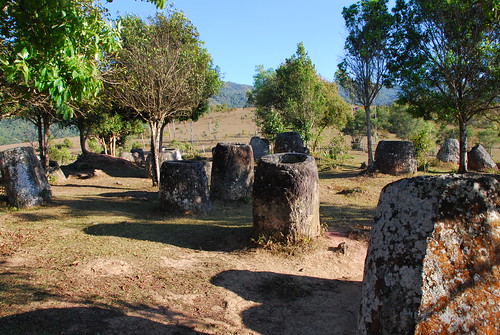
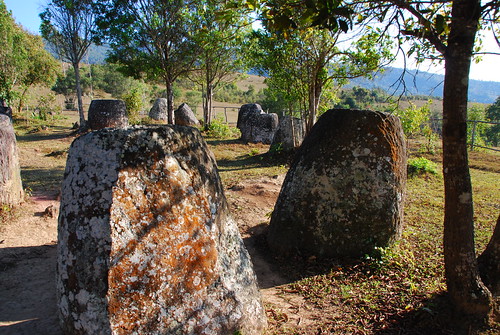
Some of the jars are broken.

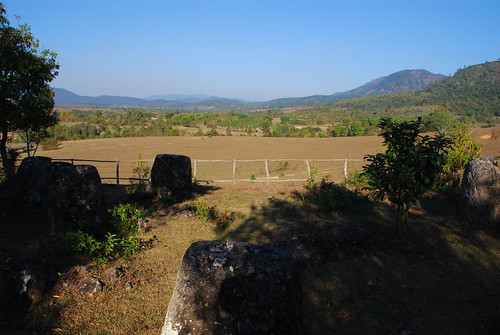
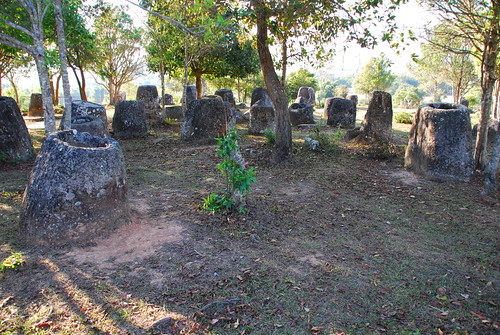
There doesn’t seem to be any order to the grouping of jars.
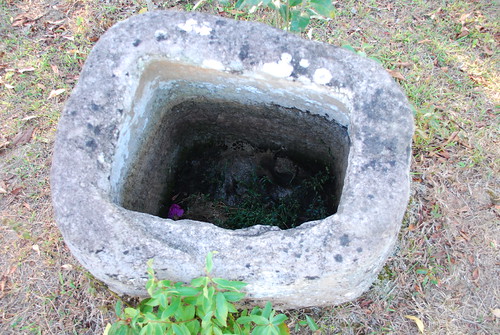
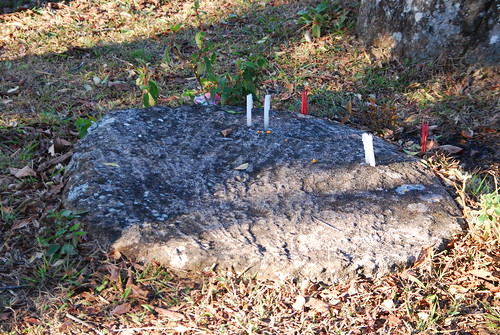
Some people have been praying at this site.
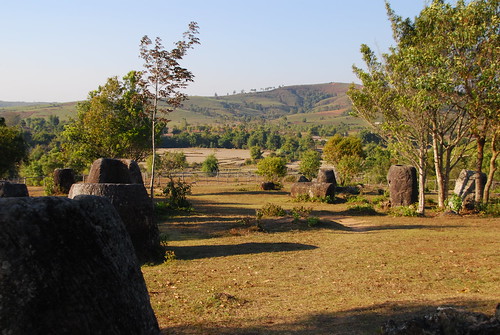
The Latsen plain is absolutely beautiful. We were all stunned by the sheer beauty of the countryside.
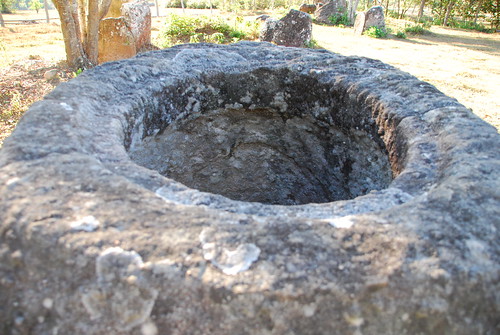
This closeup of one of the jars shows a ring that was made presumably for a cover.
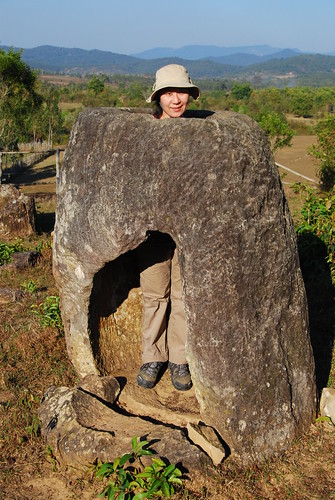
Hui-chen poses with a broken jar to give you some idea of it’s size.
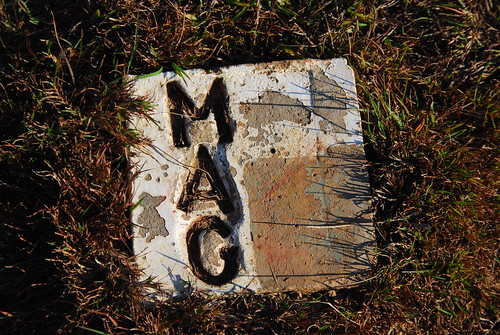
The MAG markers were a constant reminder to be careful!

Finally it was time for us to move onto the next site on our itinerary, Site #2.
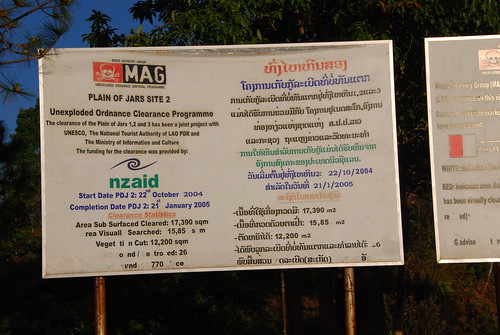
Here are the stats for Site #2:
- Area sub-surfaced cleared: 17,390 square meters
- Area Visually searched: 15,85x square meters
- Vegetation cut: 12,200 square meters
- UXO found/destroyed: 26
- Scrap found 770 (missing numbers)
There are 2 hills in Site #2. The area is called Ban Nakho and the second hill is located to the west by approximately 300 meters. The second hill is smaller and there are fewer jars but one of the jars on the second hill is special as it is the largest of the entire Plain of Jars. This jar’s height is 3.24 meters, which makes it the tallest jar in the Plain of Jars, and probably the entire world.
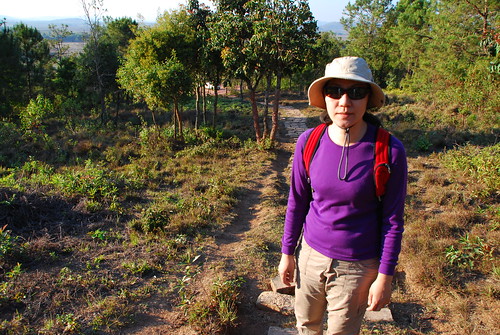
One has to walk up a long set of steps to get up the first hill.
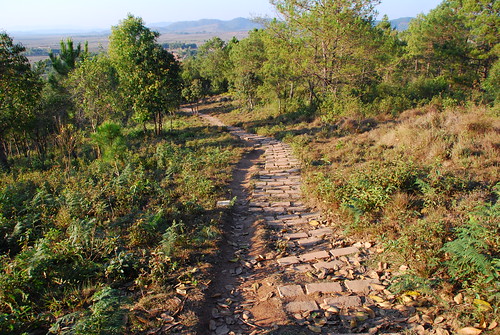

Site #2′s first hill is shaded by huge trees.
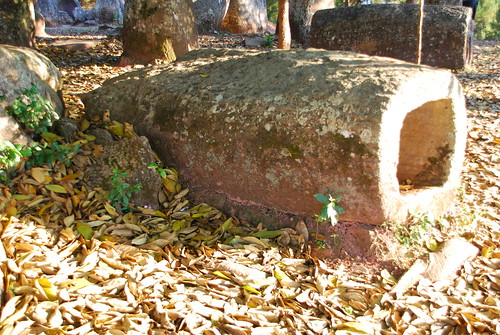
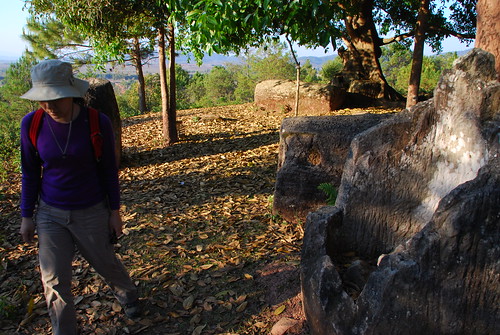
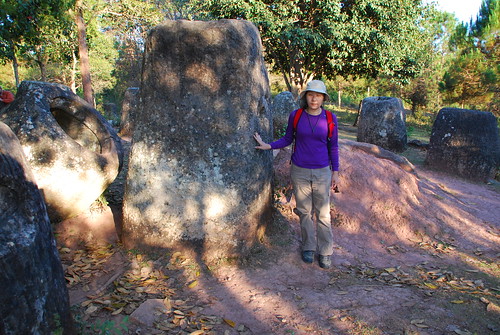
Hui-chen standing with one of the jars, for scale.
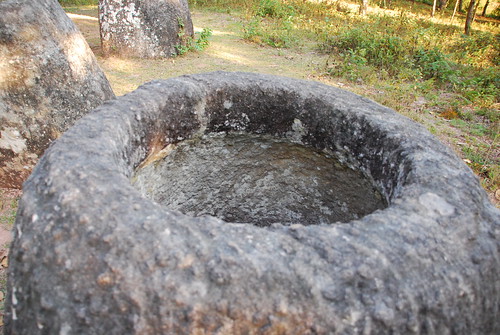
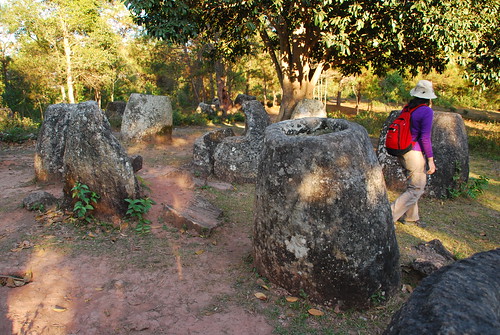
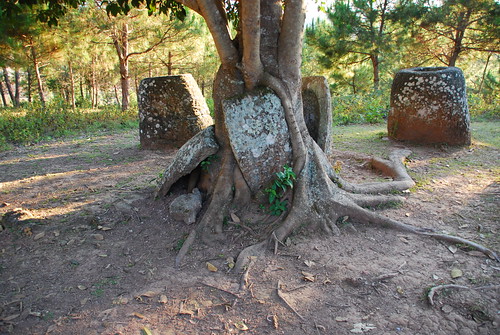
This jar has been broken by a tree growing up into the center of it.
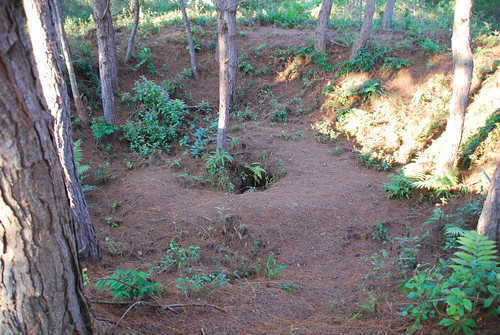
This is a bomb crater. Of course the trees have grown here since the bomb exploded.

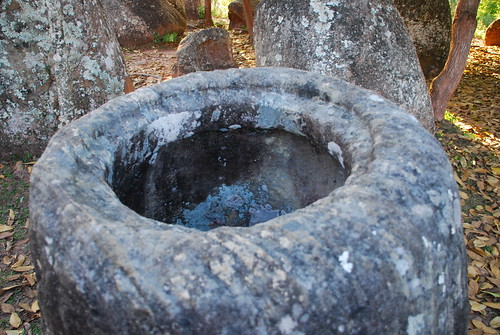
Here is another ring carved into a jar.
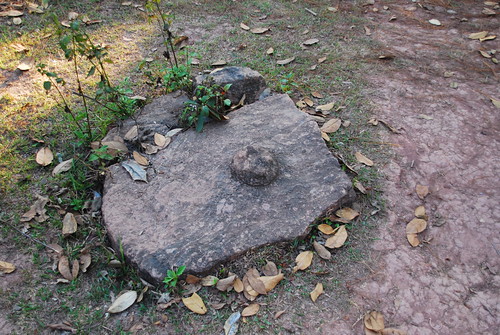
At first we thought these might be lids.
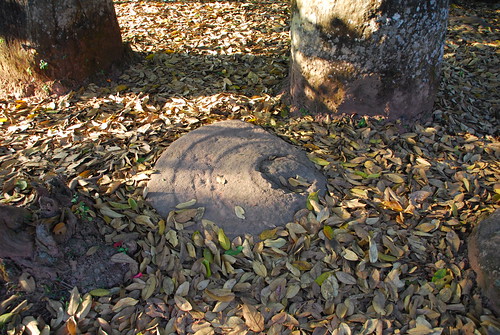
But subsequent research has revealed that these are in fact, grave markers.

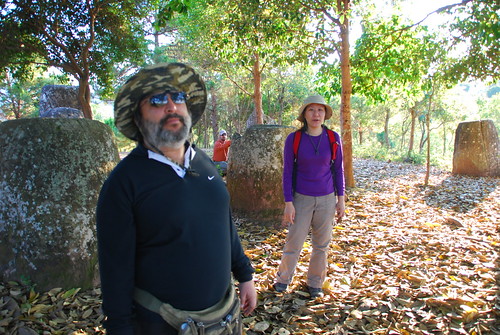
Michael Turton and Hui-chen stop for a quick photo.
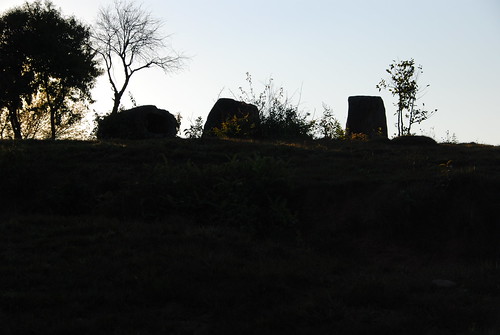
Next, we went down a path that Michael Cannon found and headed up to the second hill. At the time of our visiting this site, we didn’t realize that there was a second hill.
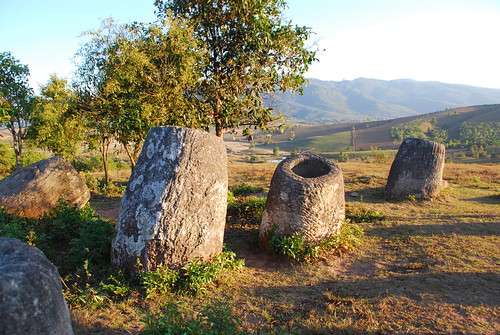
The second hill was absolutely gorgeous, wonderful views in all directions.


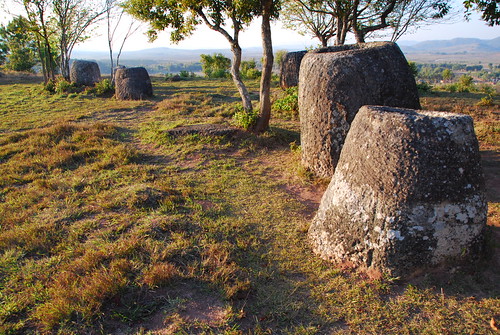
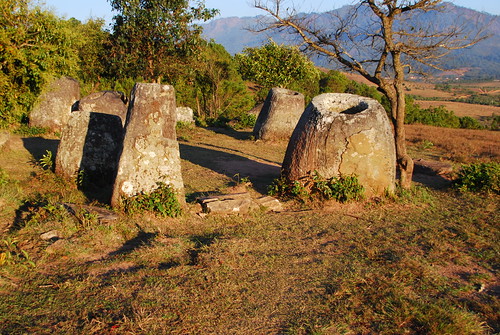
Notice the varied shapes of the jars. Some are skinny like the one to the left, and others are quite round and fat.
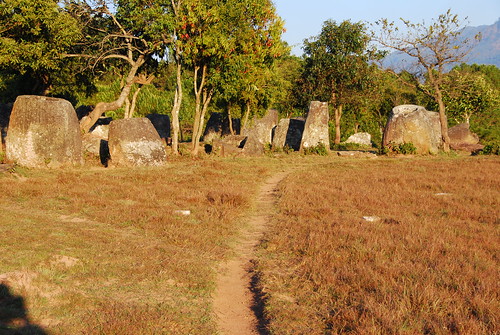
This is the path, with markers, on the second hill of Site #2.
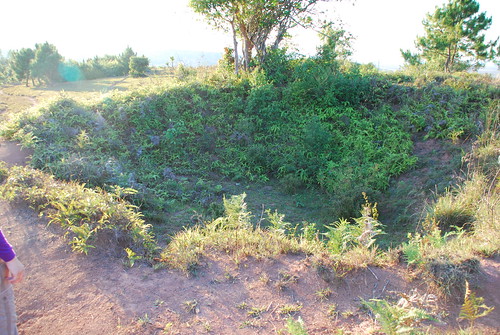
We found another bomb crater. Many of these craters were very close to the jars.
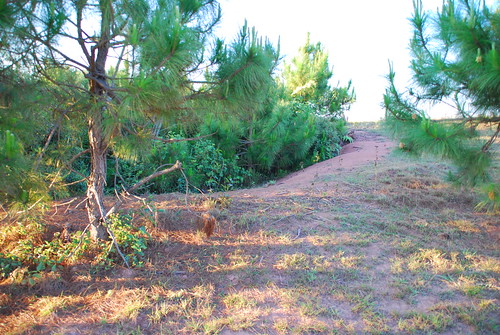
Another crater, now overgrown.
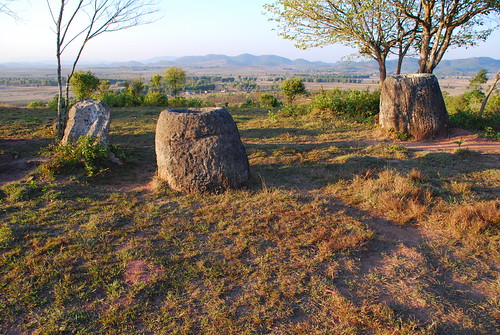
To be honest, I could have stayed in Site #2 a lot longer. It was just so beautiful and I didn’t want to leave.
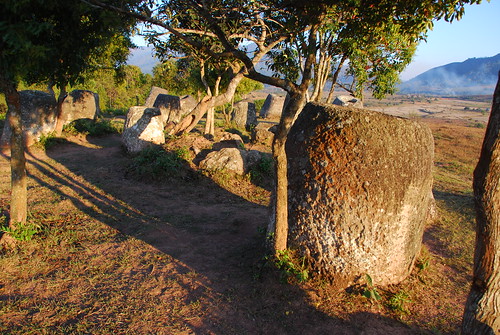
The setting sun was magical.
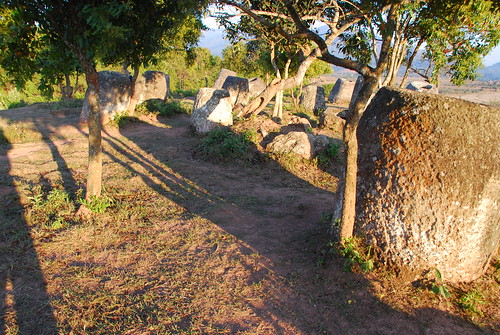
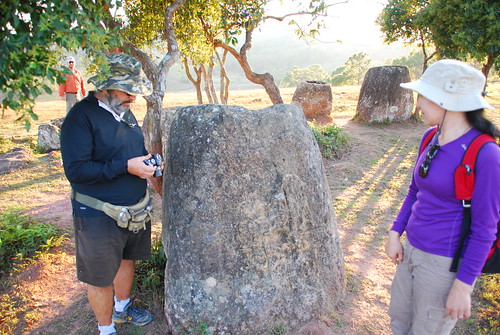
Michael Turton reviewing some of this photographs.
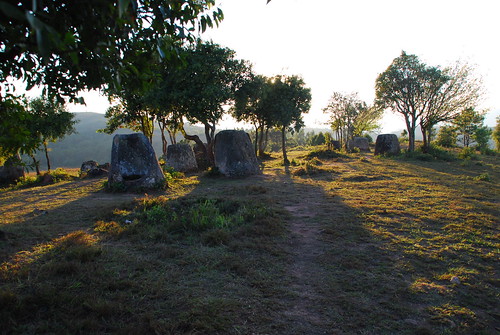
All too soon, it was time for us to leave Site #2 and head to our hotel. There are far more photos than I can show you on the blog. To see all of the Plain of Jars photos, you may visit the Flickr photo set by clicking this link.

Former field engineer MJ Klein now lives in Taiwan, and writes articles that primarily feature photographs of travels of MJ and wife Hui-chen, plus daily goings on in the bustling island nation of Taiwan, and other places in Asia. Articles feature people, culture, food, situations and sometimes the trials and tribulations of traveling in places such as China, Hong Kong, Thailand, Laos and of course Taiwan.








